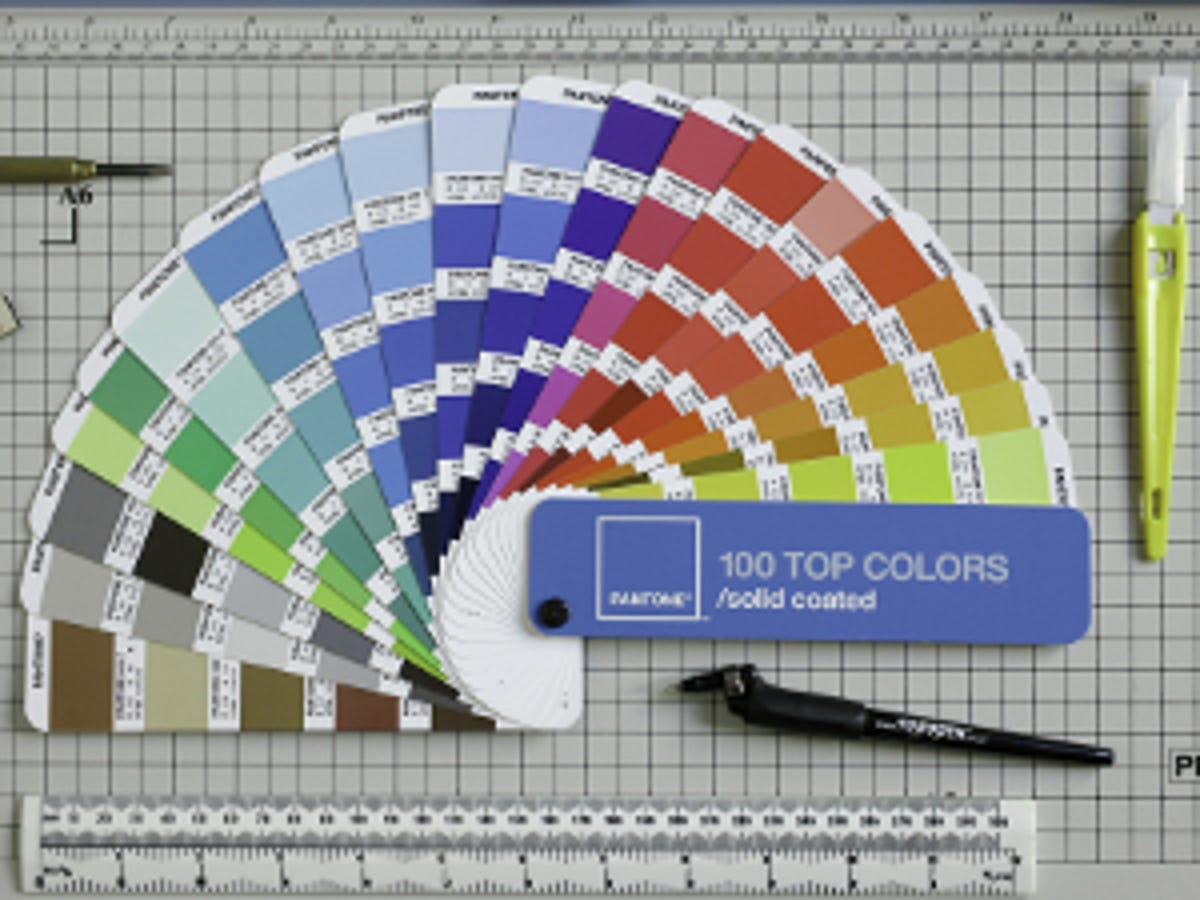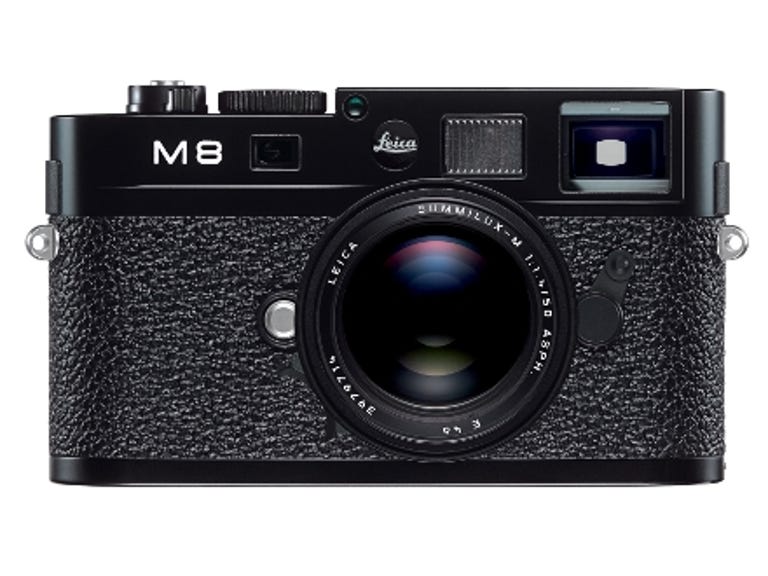 Why You Can Trust CNET
Why You Can Trust CNET Leica M8.2 review: Leica M8.2
Casually buying the 10-megapixel M8.2 digital rangefinder is out of the question unless you're seriously loaded. It's not perfect but, in the niche that it occupies, it provides incomparable quality, both in terms of its build and finish, and its excellent pictures
The Leica M8.2 is an update of the M8 digital rangefinder launched in 2006. It adds a sapphire glass cover screen, quieter shutter, new vulcanite body covering, and a tweak of the viewfinder frame lines. At around £3,600 (plus £1,800 for the lens we had in for review), the M8.2 is a pricey alternative to most digital SLRs, but it's aimed at imaging professionals pitching for high-value advertising and commercial work.
The Good
The Bad
The Bottom Line
The M8.2's only real competition comes from Leica's own M8, which is still available for around £1,000 less. You could buy one of those and, using Leica's own upgrade facility, have many, but not all, of the new features added. As the total cost would be around that of the M8.2, however, it's something of a futile exercise.
Legendary lenses
There's plenty to like about rangefinders: their viewfinders are large and bright and, unlike those of dSLRs, don't momentarily go black whenever you take a picture. Putting the price aside, there's also much to like about the M8.2 in particular. You won't find another camera that's better made, and the performance of Leica M lenses is the stuff of legend. The M8.2 is quite small but it feels weighty, thanks to its all-metal construction, and chunky in the hands.

The M8.2 has a well-machined power switch that serves double duty for selecting drive modes, and a large shutter-speed dial. This offers aperture priority, manual exposure and an out-of-place snapshot mode. The latter option sets everything to auto and captures JPEGs. Despite providing some detailed information -- on pressing the info button, the user is shown suggested apertures on the LCD, along with the hyperfocal distance setting for the lens in use -- this mode is unlikely to appeal to the target market of advanced users.
The controls are clearly marked and well spaced out. Navigation is, for the most part, logical. Once settings are selected from the menu there's no chance of inadvertently changing them, as each selection has to be confirmed with an additional button push. That may not be to everyone's liking, but it's an effective system. A control wheel aids navigation, but it's pretty stiff.
Focusing and composition are handled via the optical viewfinder. The image is large, and brighter than that of any dSLR. When shooting with longer focal length lenses (the longest is just 135mm), the viewfinder displays a small central set of frame lines, which takes some getting used to. But, by and large, the overall user experience is positive, especially when using standard and wideangle lenses.
Great photos
You really have to live with the camera for a while to appreciate how well it functions, but even a quick look at the results will be enough for most users to heap praise on its picture quality. Metering and exposure accuracy are very good and, while JPEGs produced by the camera are very sharp, raw shots show even more detail.
Colour accuracy is fine in most situations, but Leica hasn't eradicated the sensitivity to infrared that was seen with the M8, so skin tones can be ruddy and man-made fabrics can have a magenta cast under incandescent lighting. This sounds worse than it is, though, and can be fixed using an infrared/ultraviolet filter. Noise levels aren't much of an issue either, until the maximum ISO 2,500, when coloured speckles appear.
Conclusion
At this price, you'll probably expect perfection. You don't get it with the Leica M8.2, but it comes pretty close. It really delivers in terms of picture quality, and you simply can't fault the build and finish. You'll also relish the distinctive look of using Leica M lenses at their maximum aperture -- the shallow depth of field and softly rendered out-of-focus highlights are really quite something. There's no way you would casually buy something like this, unless you're seriously loaded, but, if you're prepared to suffer for your art, the M8.2 will happily deliver in many ways.
Edited by Charles Kloet
